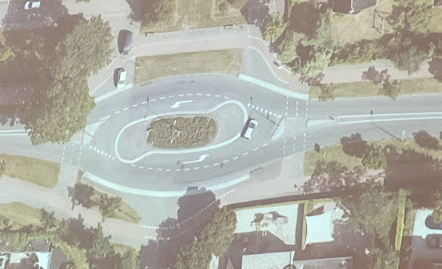On the above motion, I agree with the above posters.
I would add, I actually think the proposed fine is excessive for a first-time offender, particularly of lower income background.
I continue to support moving to income-contingent fines; in the absence of that, I think setting up a tiered structure for 1st offense and 2nd offense in less than 5 years would be a reasonable way to go.
$100 first time, $250 a pop thereafter.
As discussed above, even if you get the fines right, that does little of use if you don't have on-the-ground enforcement.
***
In general I'm in favour of good road design, that intuits better behavior in the first place; though in this context I'm curious as to what
@afransen has in mind here.







